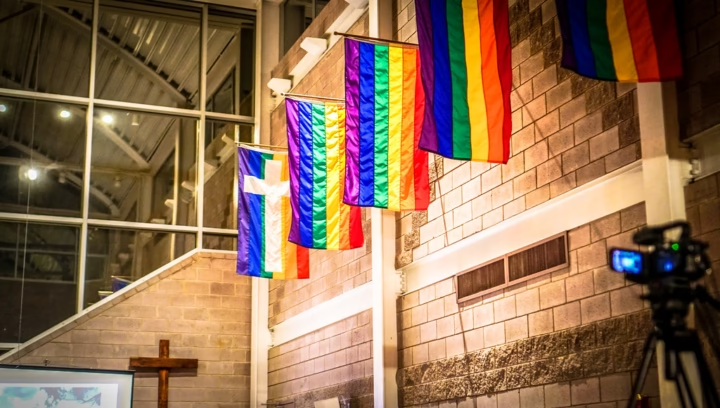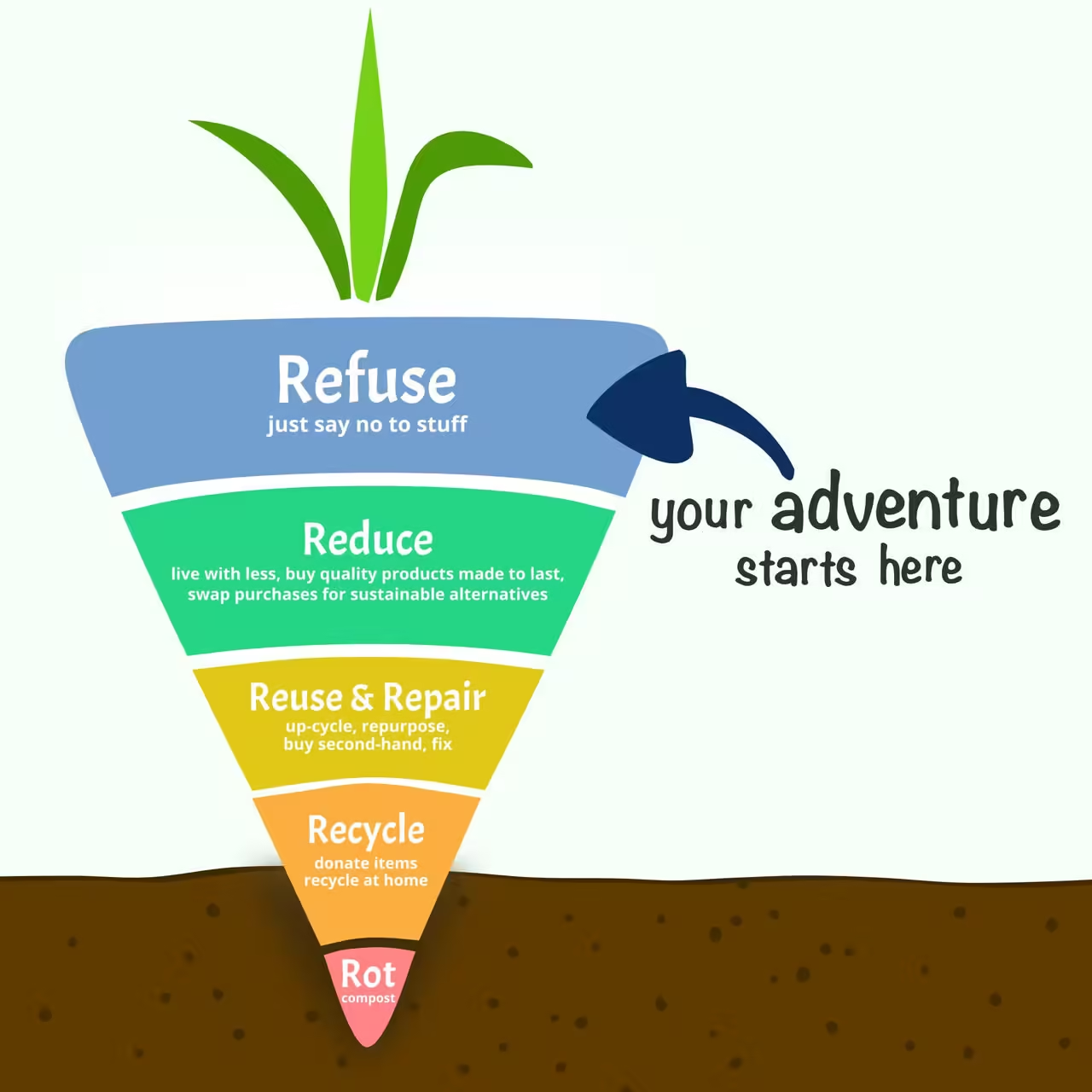The 10 Most Dangerous Jobs in the World: Risks and Realities of High-Stakes Professions

The 10 Most Dangerous Jobs in the World: Risks and Realities of High-Stakes Professions
Every career has its share of difficulties, but certain vocations carry potentially fatal hazards that call for bravery, expertise, and fortitude. The most hazardous occupations in the world frequently combine hazardous physical conditions, challenging work situations, and psychological stress, making them both deadly and essential to society. Because of need, enthusiasm, or a feeling of duty, workers in these industries frequently put their lives in danger on a regular basis. The 10 most dangerous occupations in the world are examined in detail here, along with the hazards involved and the reasons they are important.
More:
- November 2: Significant Moments in History
- All Souls’ Day: A Journey Through History, Belief, and Cultural Tradition
- November 3: Significant Historical Events
- Imagining a World Without Whales: The Ecological and Cultural Impact
- Food Lover’s Guide to the Most Iconic Dishes Around the World
1. Logging Workers
Logging is frequently listed as one of the world’s most dangerous occupations. Forest management, wood processing, and tree removal are the responsibilities of loggers.
- Risks:
- Falling trees and branches.
- Operating heavy machinery like chainsaws and logging equipment.
- Working in remote, rugged terrain with limited medical access.
- Statistics: Logging has one of the highest fatality rates in the world, with common causes of death being struck by a tree or equipment malfunctions.
- Why It Matters: The timber industry provides essential materials for construction, paper, and furniture, making loggers crucial to modern infrastructure.
2. Fishermen in the Deep Sea
Fishing is a dangerous job, especially deep-sea or commercial fishing. Employees endure lengthy hours at sea, hazardous conditions, and erratic weather.
- Risks:
- Severe storms and rogue waves.
- Slippery decks leading to falls overboard.
- Heavy equipment-related injuries.
- Statistics: According to the International Labour Organization (ILO), fishing has one of the highest death rates among professions, with fatalities often linked to drowning or hypothermia.
- Why It Matters: Deep-sea fishing is vital for global food supply, supporting millions of people with seafood and providing livelihoods to coastal communities.
3. Roofers
High altitudes, severe weather, and physically taxing work are hazards for roofers.
- Risks:
- Falls from heights, often due to unstable surfaces or lack of safety equipment.
- Exposure to harsh weather, including extreme heat and UV radiation.
- Injuries from tools and materials like nail guns and heavy tiles.
- Statistics: Falls account for nearly 75% of roofer fatalities, according to OSHA (Occupational Safety and Health Administration).
- Why It Matters: Roofers play a critical role in construction and home maintenance, ensuring buildings are safe and weatherproof.
4. Miners
Mining is the process of removing coal, minerals, and other resources from deep below the ground, sometimes in dangerous circumstances.
- Risks:
- Cave-ins and collapses in mines.
- Toxic gas exposure and respiratory diseases like pneumoconiosis.
- Explosions due to methane buildup.
- Statistics: Mining deaths are particularly prevalent in developing countries with less stringent safety regulations.
- Why It Matters: Mining fuels global industries by providing essential materials like coal, gold, and rare earth metals critical for technology and energy.
5. Workers in Construction
Because construction sites expose workers to heavy gear, toxic chemicals, and high heights, they are by nature risky places.
- Risks:
- Falls from scaffolding and ladders.
- Injuries from machinery like cranes and forklifts.
- Long-term exposure to harmful substances like asbestos and silica dust.
- Statistics: The construction industry records high fatality and injury rates, particularly in urban development zones.
- Why It Matters: Construction workers build the infrastructure of our world, from homes and offices to bridges and skyscrapers.
6. Pilots and Flight Engineers (Especially in Non-Commercial Aviation)
Pilots and engineers working in non-commercial industries, like as crop dusting or bush flying, face particular risks even though commercial aviation is one of the safest forms of transportation.
- Risks:
- Operating in unpredictable weather conditions with limited navigation aids.
- Mechanical failures in small aircraft.
- Fatigue from long hours and high-pressure situations.
- Statistics: Non-commercial aviation has a significantly higher accident rate than major airlines, with crashes often caused by adverse weather or pilot error.
- Why It Matters: These professionals provide essential services, from delivering goods to remote areas to supporting agricultural operations.
7. Security Guards and Police Officers
Professionals in law enforcement and security are at risk for everything from violent altercations to exposure to dangerous situations.
- Risks:
- Physical assaults during confrontations with criminals.
- Stress-related conditions like PTSD from high-stakes situations.
- Exposure to life-threatening situations, such as active shooter scenarios or terrorist attacks.
- Statistics: Police work is among the most dangerous public service jobs, with a high rate of injuries and fatalities related to violence and vehicular accidents.
- Why It Matters: Police officers are essential for maintaining public safety, law enforcement, and order in communities.
8. Workers on Electric Lines
Power line maintenance and repairs are frequently performed by electricians and line workers in hazardous conditions, such as during natural catastrophes.
- Risks:
- Electrocution from high-voltage lines.
- Falls from poles or elevated platforms.
- Exposure to extreme weather conditions while restoring power.
- Statistics: Electrocution is the leading cause of death in this field, often compounded by working under high-stress conditions.
- Why It Matters: These workers ensure the reliability of electrical grids, which power homes, businesses, and critical infrastructure.
9. Oil and Gas Workers
Physically taxing work in isolated areas, such desert refineries or offshore rigs, are part of the oil and gas sector.
- Risks:
- Fires and explosions from flammable materials.
- Equipment-related injuries from heavy machinery.
- Extreme working conditions, such as intense heat or freezing temperatures.
- Statistics: Offshore oil rig accidents, including blowouts and helicopter crashes, are frequent causes of fatalities.
- Why It Matters: Oil and gas workers are vital to global energy production, supplying resources that power transportation, manufacturing, and homes.
10. Delivery Drivers and Couriers
Delivery drivers and couriers face more risks on the road as e-commerce grows.
- Risks:
- Vehicular accidents due to long hours, fatigue, and traffic congestion.
- Robbery and assaults, especially for those delivering high-value goods.
- Stress-related health issues from demanding schedules.
- Statistics: Delivery drivers experience a high rate of road-related injuries, making it one of the most dangerous transport jobs.
- Why It Matters: These workers are the backbone of the modern economy, ensuring goods and services reach consumers efficiently.
Common Challenges Faced by Workers in Dangerous Professions
1. Insufficient Safety Procedures
While regulations exist, enforcement can be inconsistent, particularly in developing countries or high-pressure industries.
2. Stress and Mental Health
Psychological stress, worry, and long-term mental health issues are frequently caused by high-risk occupations.
3. Inadequate Reimbursement
Many hazardous jobs pay relatively little, which undervalues and underinsures people despite the hazards.
4. Contact with Adversities
Workers in isolated or harsh environments sometimes do not have access to basic amenities and medical care, which increases their hazards.
Enhancing Safety in Jobs at High Risk
Governments, businesses, and employees must work together to address the risks associated with these occupations:
- Enhanced Training: Giving employees in risky industry comprehensive, hands-on training.
- Investment in Safety Equipment: Providing the most recent technologies and safety gear.
- Stronger Regulations and Enforcement: Guaranteeing adherence to global safety standards.
- Mental Health Support: Offering resources and counseling to workers exposed to stress and trauma.
Conclusion(Dangerous Jobs)

The most hazardous occupations in the world serve as a sobering reminder of the costs people bear in order to keep their communities and companies afloat. Even though many occupations are inherently risky, more awareness and better safety protocols can help reduce hazards and guarantee that employees get the respect and assistance they are entitled to. Prioritizing their safety and well-being in the midst of hardship is essential since society still depends on these essential functions.
You also may like:


















